How do you happen upon a trend?
It starts, like comedian Delaney Rowe writes, with an innocent curiosity. Perhaps it rears its titillating thumbnail on TikTok during your bedtime doomscroll routine. Perhaps it finds its way to you by way of a DM from that younger co-worker with annoyingly smooth skin. Or perhaps it simply happens upon you by pure serendipity. I mean algorithm.
Either way, the trend has been set, the trendsters have trundled off to trendier pastures, and here you are, trudging through TikTok’s trenches in an attempt to quell the cat called curiosity and achieve internet nirvana.
It’s really this same urge that urges you “to pick at an ingrown hair like a guitar string,” contends Rowe, “And only until skin is torn and blood is smeared and the thick hair springs free, are you satisfied.”’
And what exactly do we get out of it? Foreboding reminders of why we should’ve never dabbled in it in the first place, much like how And Just Like That ended with Carrie Bradshaw not alone, but on her own.
Whatever that means.
Interestingly enough, it appears that the trends we thought we’d safely left behind in the (recent) past are already gearing up for a comeback much faster than we’d anticipated, like another unwanted Aidan cameo.
The Life Cycle of a Trend
Now, should the former Mrs. Big choose to re-enter the dating pool (yet again), as the epilogue to her new historical (not tragedy) novel might suggest, she would, in all likelihood, come across pop-culture’s trendiest new extreme hyperfixation: the performative male.

What is the performative male, you ask? Well, like the Hedi boys with their heady stench of cigarettes and Reddit-endorsed Dior Homme fits, the performative male is a twenty-something, “green-flag” feminist literature-reading, overpriced matcha latte-drinking, disposal camera-carrying, and Labubu-laden tote-toting, well, male specimen. “A horny homing beacon blinking out into the Hinge-era dating universe,” writes GQ.
Of course, men on TikTok have claimed that the trend’s introduction isn’t new. They’ve been reading Patti Smith and listening to Clairo, Laufey, and Beabadoobee for years for reasons that don’t involve the female gaze.
The fresh influx of young-ish men battling it out over the baggiest shorts and niche-est totes, however, suggests that it has risen a trend, which in turn implies there will be a peak of the performative male’s poufy feathery mating dance, followed by a decline, and eventually, obsolescence.
But does that mean good riddance? Not really.


Because when Michael Rider debuted his reimagined Phantom Luggage down the Celine Spring 2026 runway in Yves Klein blues, blacks, and burgundies, and then A$AP Rocky stepped out of his Range Rover Sport in Brentwood sporting the exact same bag, performative males all around hailed the latest performative purse (or it-bag) on the horizon.
Only, it wasn’t so new.
The Phantom of Trends Past
Martina Lohoff, founder of The Archive Dot Com, gleefully glorifies the reincarnated Phantom, “Phoebe’s Phantom was strict and straight, Michael’s smiles back.”
Brenda Weischer of the Instagram @brendahashtag, too, is all smiles about the smiley Luggage, “You can’t introduce a new shape of bag every season, creating your own vicious cycle; people get bored so quickly.” Plus, she adds, “there are now so many men more willing to rock a bag for their daily or travel needs, so I think the demand will be there!”

But whether or not the New Luggage manages to log into the zeitgeist, it does raise a salient question about trends: how long exactly must we wait before they’re wheeled back into fashion again?
Once upon a time, this cycle spanned 40 years; Twiggy’s pixie cut in the ‘60s referenced, for instance, pianist Edythe Baker of the ’20s. Mod fashion of the era, similarly, showed up as low-rise jeans of the early aughts.
Nowadays, opines content-creator Liam Cole, “A trend can’t even think of making a comeback until 20 years have passed.” And if it does? “If a trend gets hungry and tries it at the 14-year mark, it may blow up in their face and set the overall comeback back another five years.” Kelly McSweeney, Senior Merchandising Manager of The RealReal, on the other hand, dubs 10-20 years the “sweet spot for a style to move from ‘in’ to ‘out’ and then potentially back into the ‘re-edition’ or ‘resurgence’ phase.”

Is it really too early then for the Phantom’s comeback to haunt us?
The Trend & the Trendsetter
Back in the day, trends tended to originate from a trendsetting individual. Prince Edward VII, for instance, was the first to popularize the tuxedo in 1865; Marie Antoinette, similarly, became cottagecore’s patient zero when she cosplayed as a rural shepherdess at Petit Trianon.
Today, the individual has been replaced by a generation. As Amanda writes, “Especially in fashion, people see trends as the province of the very young.”

So, it made sense that the idea of a standard twenty-year trend-cycle was a default if somewhat “rude interval at which to contemplate being punted out of the zeitgeist in favor of those who see your youth as something to be mined for inspiration – and therefore as something definitively in the past.”
But the accelerating trend-cycle has given birth to a distinct set of micro-trends – or ’core trends’ – that spring up as starter pack memes within mere moments of the shows in Paris and New York finishing.
“They seem like a strict uniform of specific items to gather and wear in very specific ways and from specific brands, rather than a broad interpretation of ways to dress based on any actual subculture or cultural movement,” explains fashion commentator Rian Phin. “That’s why I think they’re gone so quickly.”


Thus, midway through 2025, we find ourselves hurtling across yet another indie sleaze/skinny jeans revival (that came about last in 2020), the return of gladiator sandals, and even resurgences of the Mulberry Alexa, the Marc Jacobs Stam, the Proenza Schouler PS1, and most recently, the Celine Luggage, all of which hit peak popularity only in the mid-2010s.
“MerchTainment,” writes Highsnobiety, “is the fashion industry swallowing entertainment whole.” And the more people try to partake in this trend of fashion-tainment, “the more people want to move on to the next one, creating a vicious cycle of newness and content about said newness.”
The upside, however, to realizing that the traditional trend-cycle is now too fast, too confusing, too young, too old, or simply, not for you, is freedom. Freedom to not chase trends, freedom to pick and choose what works, and freedom to “write off the rest as the folly of youth,” writes Amanda.
It is, after all, only then that you discover personal style.

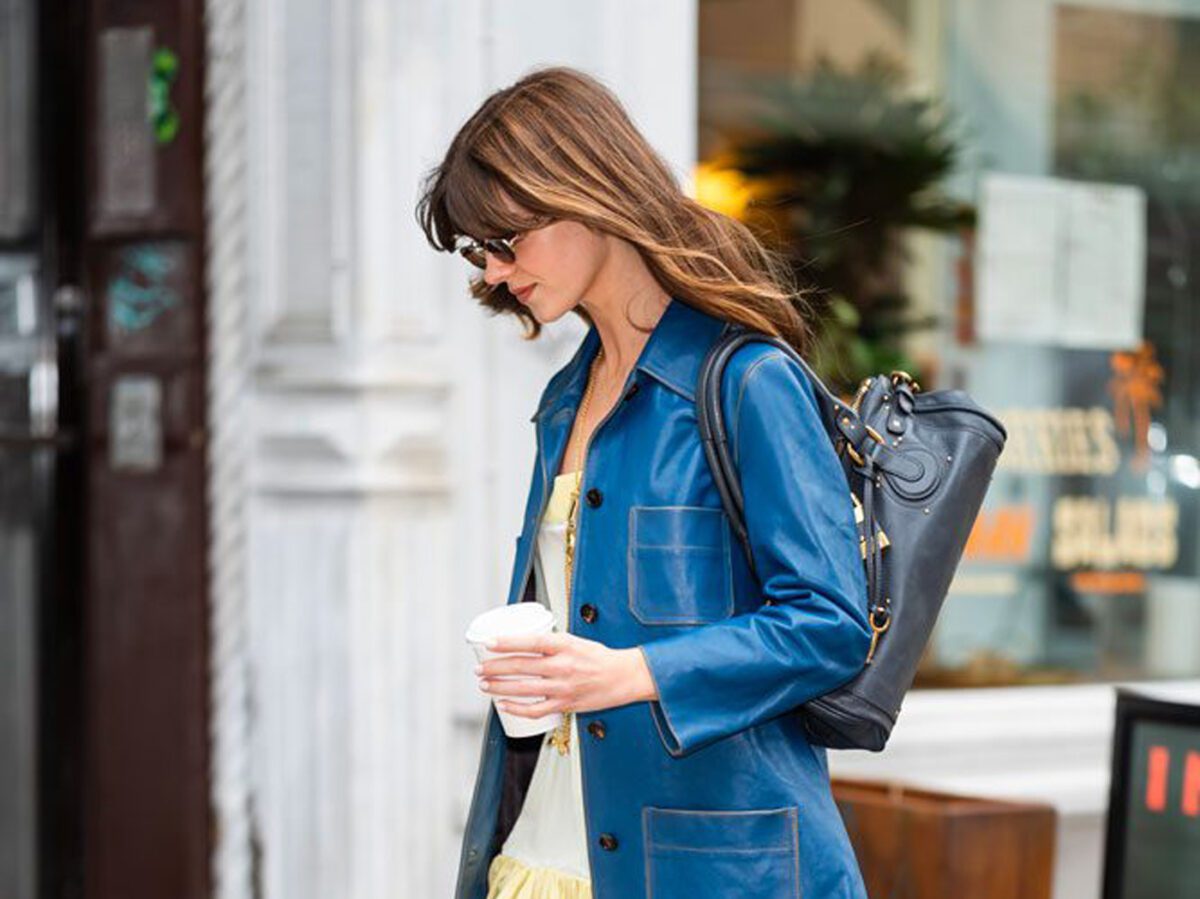
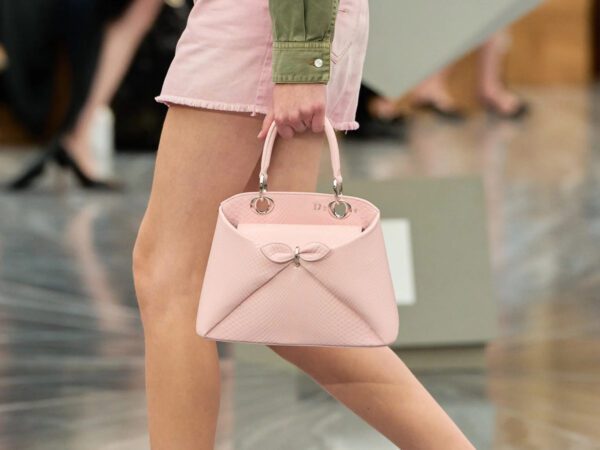
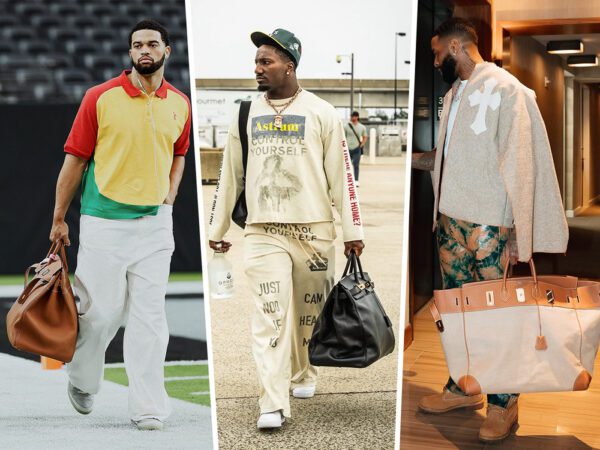
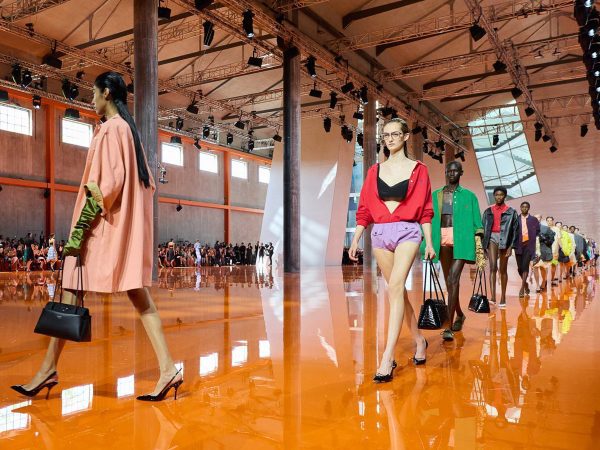
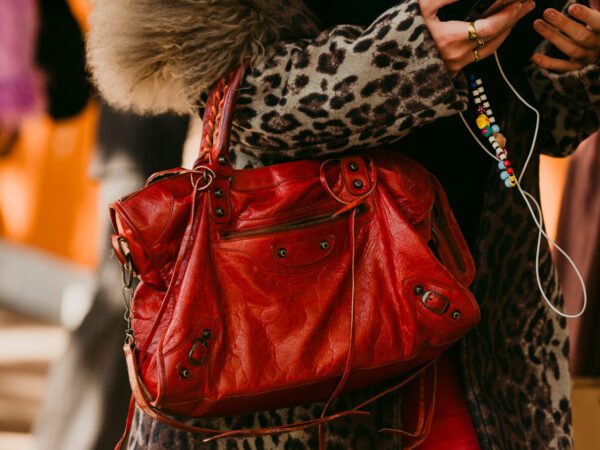

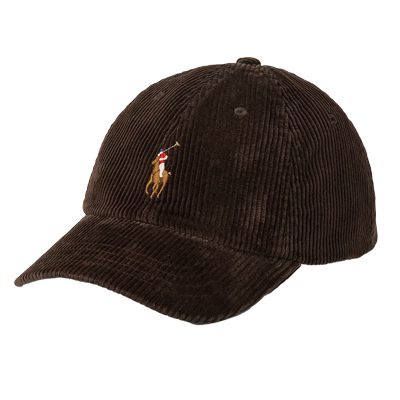
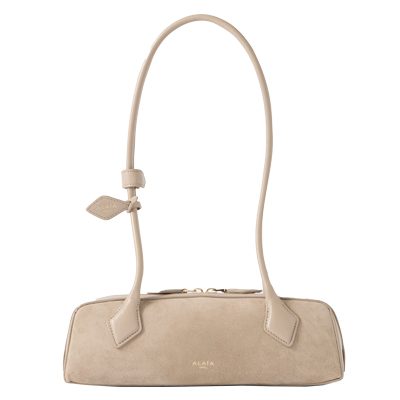
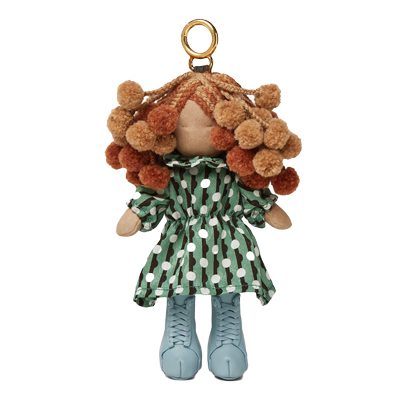
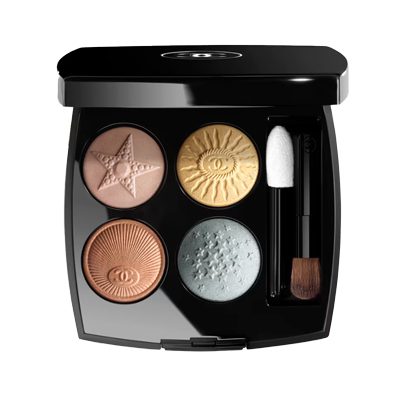
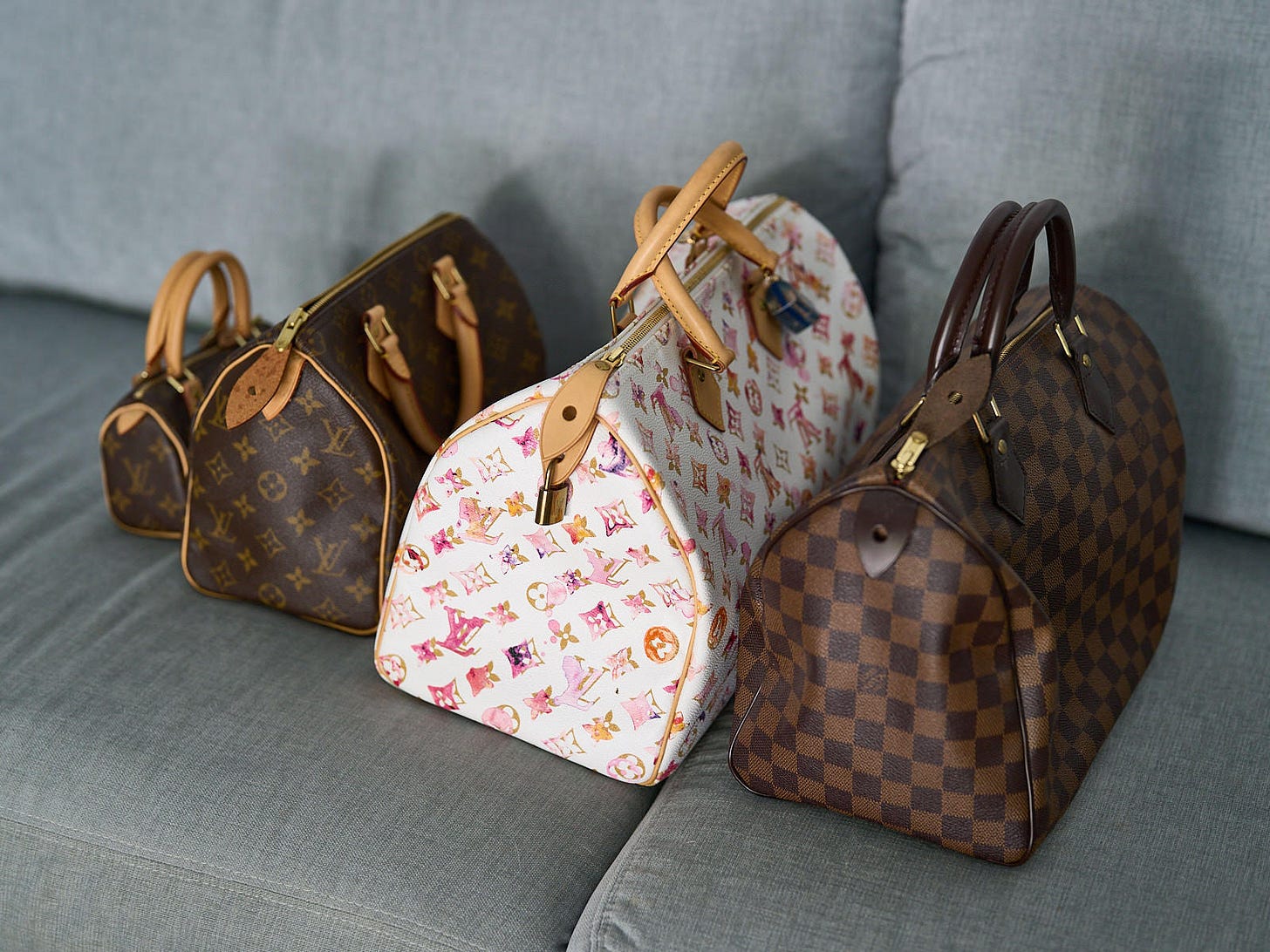

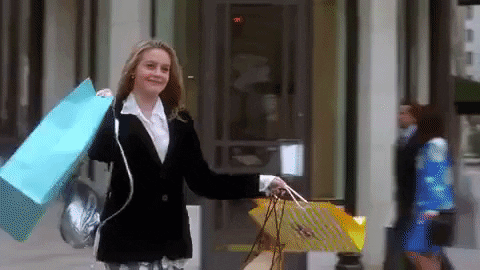
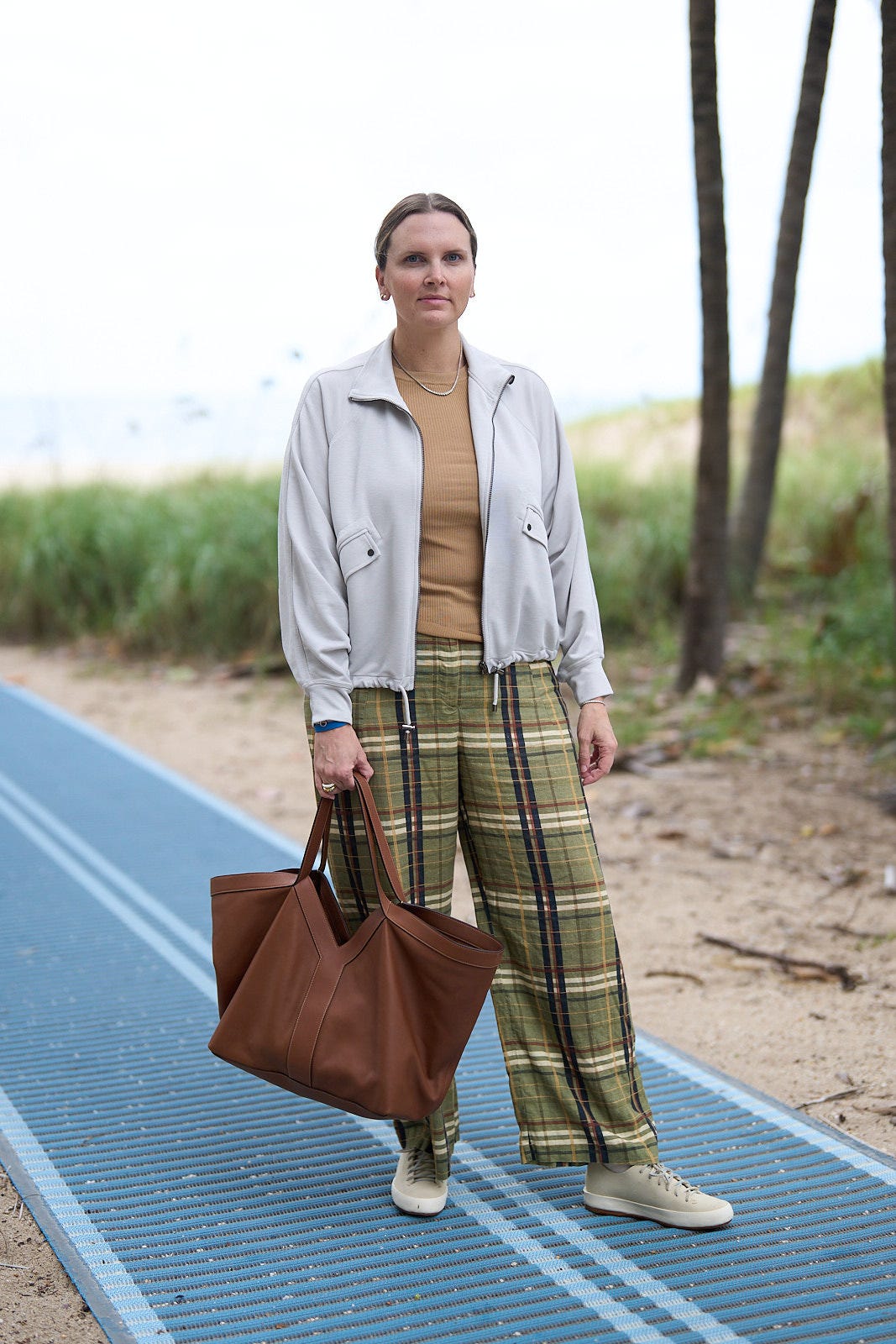
Beautifully articulated, Sajid! Personal style truly transcends fleeting trends.
I found myself observing rather than participating in the Labubu fascination that swept through my area a couple years back. Plus, you can save money by buying what you actually like instead of chasing every trend.
Labubu is a red flag. Have we learned nothing from Beanie Babies???
LOL – I still have hope that one day the 200 I have sitting at my parents house will sell for a profit!!
Thanks for your great writing Sajid in addition to your sources. I had some thoughts relating to your post.
1) If anything, I feel that we are still in the early stages of this particular trend cycle. I’m thinking about things we have seen in the bag world such as East-West silhouettes, fringe, and the Boho-revival style. That said, I agree that in general, fashion thrives on novelty and having a shorter trend cycle makes room for attracting younger audiences at a quicker pace.
2) Your references to starter packs and core trends made me chuckle a bit because we definitely see so much of them in fashion media! I wonder if the trend of aesthetics comes from the younger generations wanting to try out different styles, especially post-pandemic when people couldn’t go out as often. I know I have become more experimental in my outfit choices in part because of more available opportunities to wear them.
3) I read the Highsnobriety article you linked and found this quote fascinating: “And now that industry events are taking place IRL again, being in Paris feels like visiting the Internet in person more than it feels like being at the main event.” It is interesting that digital fashion marketing led to very visually-stunning, highly-excitable in-store experiences (I think of Coach and their Play stores in the past few years). At the same time, too much newness can be a lot, hence why I appreciate fashion stylists that teach others how to pair items together. All the trendy items in the world fall flat if you don’t have the foundation for how to build an outfit around them, bags included!
im here for it and ready to break out my rainbow of ps1’s and my phantom!
Low rise jeans first came out in the 1970’s
How come Sajid never replies to the comments? Hello Sajid i love reading your posts!
I do read, appreciate and upvote every comment tho 😭